The traditional Uyghur tandoor, known as the "nang khur" in Xinjiang, has long been a cornerstone of the region's culinary culture. Beyond its cultural significance, the physics behind its heat transfer mechanisms presents a fascinating case study in radiant heat dynamics. Researchers have recently turned their attention to modeling these processes, revealing insights that bridge ancient cooking techniques with modern thermal science.
At the heart of this investigation lies the unique geometry of the Xinjiang tandoor. Unlike conventional ovens, its cylindrical shape and thick clay walls create a distinct thermal environment where radiation dominates convection. The walls absorb heat from burning fuel (typically wood or coal) and re-radiate it inward at wavelengths that penetrate dough efficiently. This radiative transfer occurs while minimizing air movement that could dry out the delicate breads.
Thermal imaging studies show how the tandoor's design achieves remarkable temperature stratification. The dome's upper regions stabilize near 350-400°C – ideal for baking the characteristic golden crust – while the floor maintains lower temperatures for even cooking. This gradient emerges from the interplay between the clay's emissivity properties and the cavity's aspect ratio, a balance refined through centuries of empirical optimization.
Modern computational fluid dynamics (CFD) simulations have decoded what traditional bakers understood intuitively. The model accounts for three radiative pathways: direct flame radiation, wall re-radiation, and reflected energy from the tapered opening. Spectral analysis reveals the clay's preferential emission in the 2-5 micron range, coinciding with water's absorption bands in dough – a serendipitous match ensuring rapid heat penetration without surface burning.
The thermal mass of the tandoor's walls plays a crucial role that challenges conventional oven design paradigms. While steel commercial ovens prioritize rapid temperature adjustment, the tandoor's thick clay provides thermal inertia that maintains stable conditions despite fuel variations. This buffer effect proves particularly advantageous for baking the region's signature thick-crusted breads, which require prolonged, consistent heat exposure.
Field measurements in Kashgar's bakeries have validated theoretical models under real-world conditions. Thermocouple arrays mapped the spatial temperature distribution during firing cycles, revealing how master bakers manipulate heat through subtle fuel adjustments and dough placement. The data confirms that experienced practitioners achieve thermal efficiencies rivaling computer-controlled industrial ovens, albeit through entirely different operational philosophies.
Interestingly, the radiative model explains why certain modernization attempts have failed. Electric heating elements, while precise, cannot replicate the broad-spectrum radiation of glowing clay. Similarly, attempts to scale up tandoor designs often falter because radiative transfer doesn't linearly scale with dimension – the physics demands proportionally thicker walls that become impractical in large installations.
The research has yielded unexpected applications beyond culinary science. Architects are adapting the passive thermal regulation principles for energy-efficient building designs, while materials scientists investigate the clay composites' remarkable thermal cycling durability. These cross-disciplinary insights demonstrate how indigenous technologies can inform contemporary engineering challenges.
Ongoing studies now examine how the radiative environment affects nutritional qualities. Preliminary findings suggest the balanced heat exposure may better preserve heat-sensitive nutrients compared to conduction-dominated cooking methods. If confirmed, this could position the tandoor not just as cultural heritage, but as a model for healthy cooking technology.
As modeling techniques advance, researchers anticipate discovering further optimization strategies that honor the tandoor's traditional form while enhancing its performance. The project stands as a compelling example of how cutting-edge physics can illuminate ancient wisdom, proving that some technologies withstand the test of time precisely because they align so elegantly with fundamental natural laws.
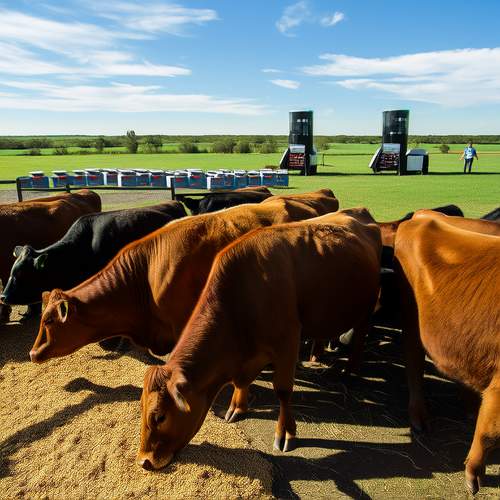
By /May 26, 2025
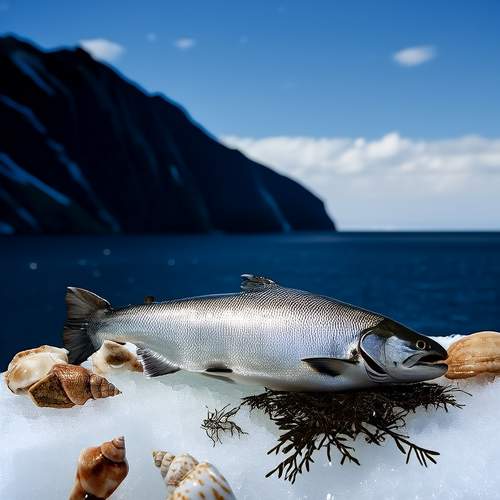
By /May 26, 2025

By /May 26, 2025
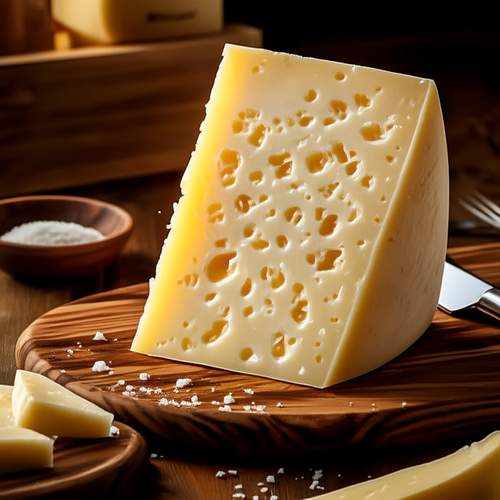
By /May 26, 2025
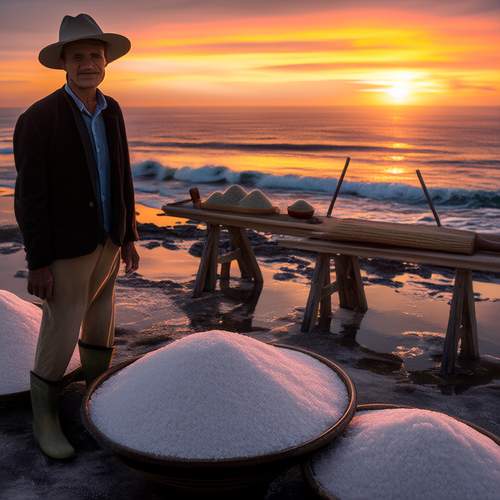
By /May 26, 2025
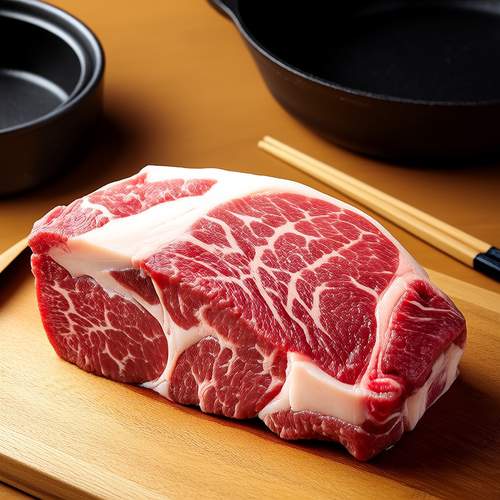
By /May 26, 2025
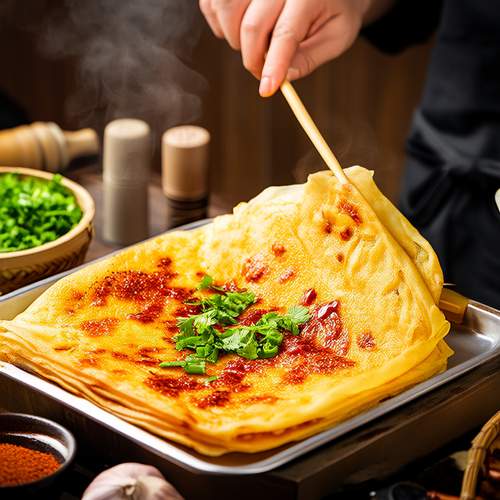
By /May 26, 2025
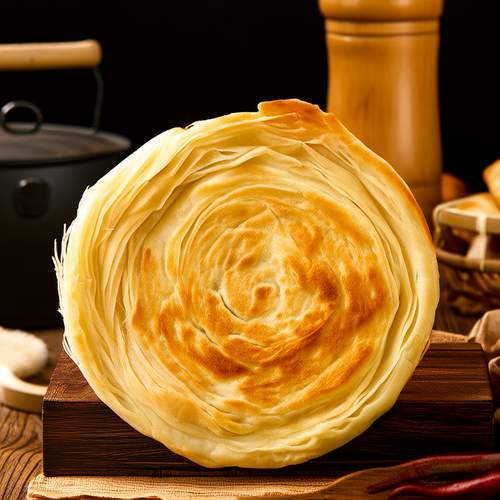
By /May 26, 2025

By /May 26, 2025
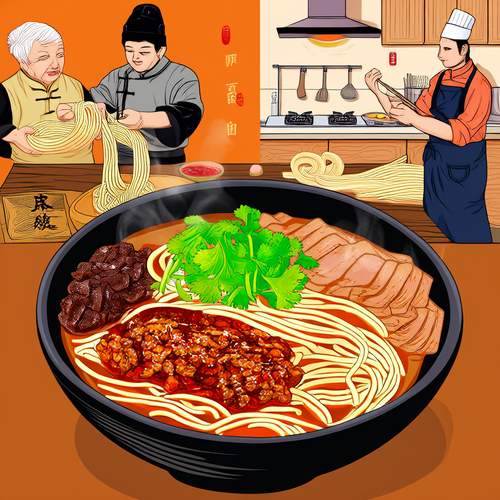
By /May 26, 2025
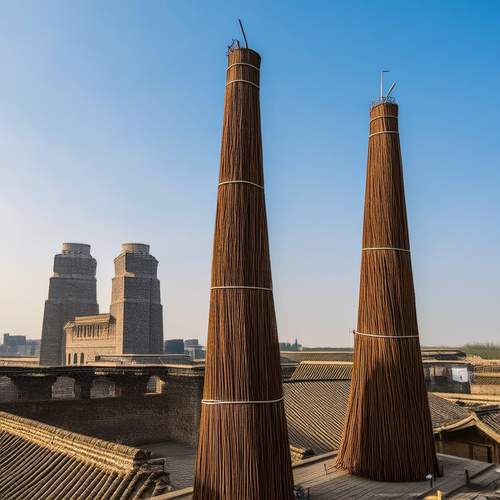
By /May 26, 2025

By /May 26, 2025
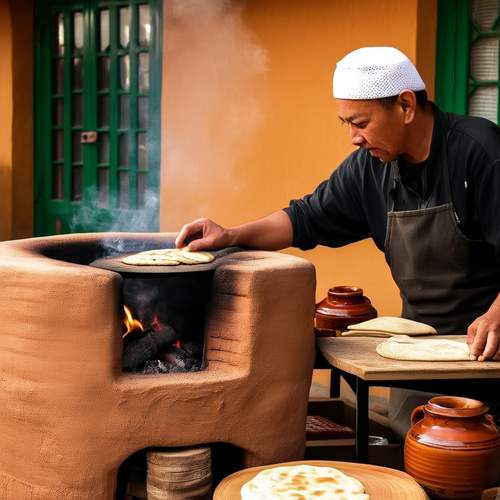
By /May 26, 2025
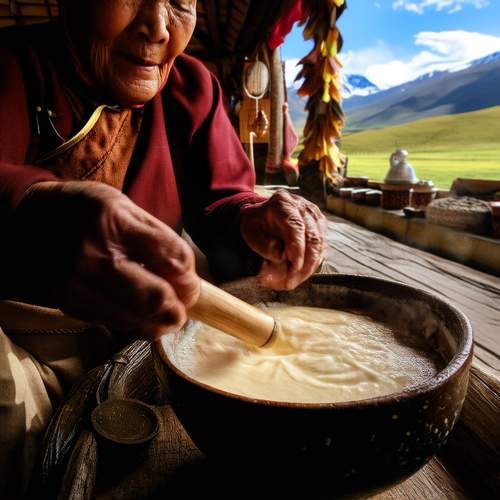
By /May 26, 2025
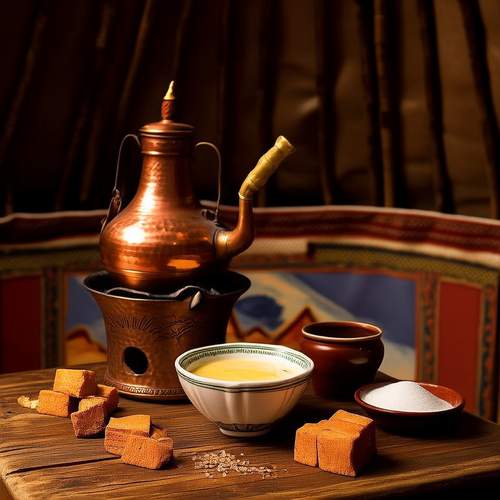
By /May 26, 2025
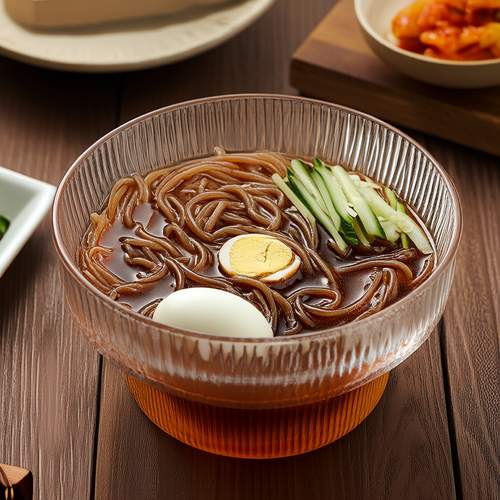
By /May 26, 2025

By /May 26, 2025
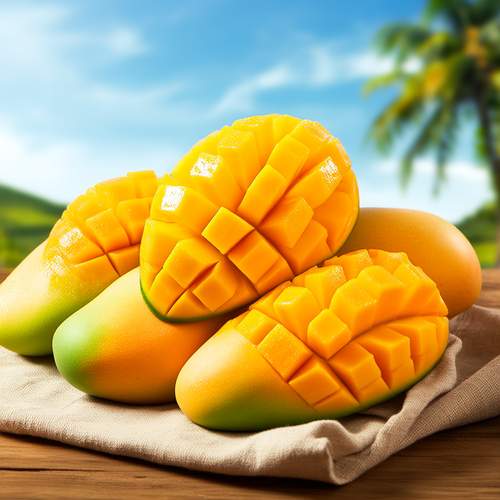
By /May 26, 2025

By /May 26, 2025

By /May 26, 2025